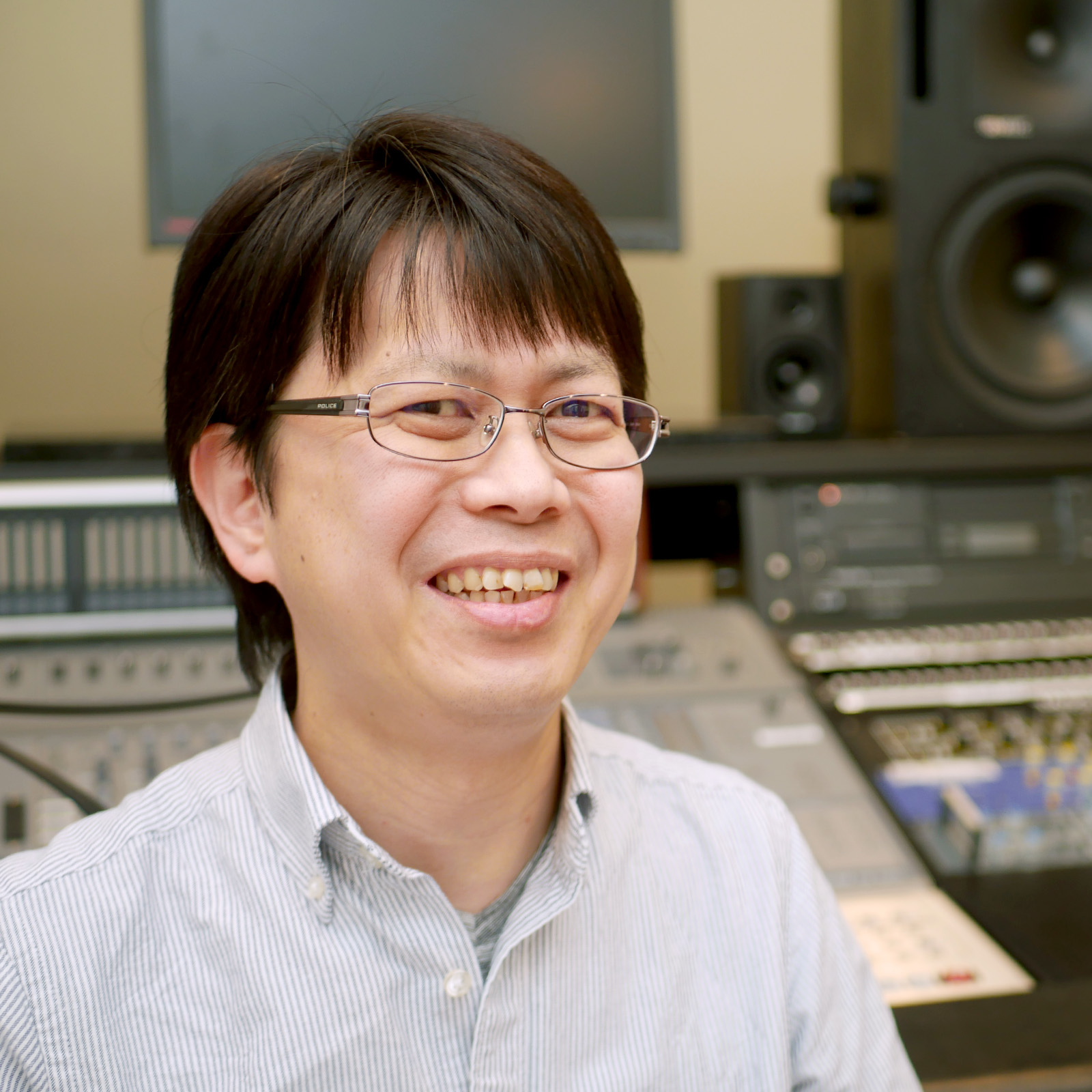
Hirohiko Oka from the TASCAM R&D team explains the development of the USB audio/MIDI interfaces, the SERIES 102i and SERIES 208i.
How were you involved in the development of these two models?
I was mainly in charge of both model's electrical components. Both models have our proven legacy technology combined into a new state-of-art hardware.
What are the points you were the most committed to re-creating the circuit for these models?
I think the most important part was the mic preamp's sound quality when used in recordings. The EIN and S/N results are very important, and so I tried very hard to improve the performance in those areas.
It seems that circuit designing and component selection requires a lot of experience, how do you feel about that?
I have many decades now in the audio industry. I have been involved in the development of the DR series and mixers, so it is mostly about knowing what are the conditions; deciding what we are aiming for, and then selecting the devices that match our goals. We can't slow down or be stagnant since competitors have new models with new specs every day.
What were the issues that troubled you the most?
It was really hard to get the results we wanted for this new circuit. We were constantly repeating measurement tests over and over again, but we took the time to reach our desired specs.
We did connection tests with several different computers and it took a lot of time to verify and solve the different issues that occurred when connecting the interfaces to the computers.
Compared to the US-2x2 / US-4x4 models, what are the strengths in SERIES 102i and SERIES 208i?
The CPU in SERIES series had to be a new one since the application (Settings Panel) had digital mixer functions and other effects added. The driver is also new. Both series look very much alike on the outside, but the SERIES series' inner-components are completely new.
How did the SERIES series inherit the user-requested TASCAM sound quality?
Since I entered this company, there was already a blueprint, a foundation for our audio circuits. Most of them have been passed on through generations, but about 10 years ago there was a movement to standardize these circuits. Of course, we may add a few modifications every now and then to each different kind of product, but in case someone was assigned to develop a mic preamp for example, the standardized circuit would serve as a base in which sound quality, stability, and acoustic specs among other things would remain to be what makes the "TASCAM sound". We constantly consult with experienced people in the R&D team when trying to apply such modifications.
What are your thoughts on the tone creation of TASCAM?
For example there's the frequency response. Other companies emphasize the peak on purpose, others boost up the low frequencies, or shape the highs more sharply. Our sound, at least in the words I have been told many times, is a plain "no more, no less" sound. We carefully design our tone avoiding any strange curve or distortion, adding nothing new, but also drawing nothing from what we already have.
What I personally care the most is the PCB layout, which is one of the first things designed during product developing. It's a part that doesn't appear in the numbers, but having in mind that both analog and digital circuits are used, I put my focus on designing the ground, or the power supply layers let's say, and their positioning; whether they should be placed completely separated or so that they don't interfere with each other.
What are the selling points in SERIES 102i and SERIES 208i that you want to appeal to users?
We are confident on both new SERIES 102i and SERIES 208i. I think users should give a listen to the SERIES sound first. Also, the user interface experience has improved from that of US-2x2 and US-4x4. For example, the main monitor control volume knob is now bigger and more accessible, there are more channels which now have individual phantom power/mic-line/inst switch, and many more new features that will show how much the usability has improved.
We have also created a completely new application (Settings Panel) with multi-functions worth of Celesonic US-20x20, so I think users will be getting much more than they expect for the price. With S/MUX functionality added, I think they'll be pretty satisfied.
The exterior of the product looks good too.
The main concept for this new product was involved with "luxury", so I hope users can be satisfied with the high quality materials used in both models.
Was there any other concept or keyword involved during the planning of this product?
I think S/MUX. We wanted users to be able to record with a much better sound and that's why we added S/MUX connection in the first place. It allows experienced users to connect their favorite sound devices, and so I think they'll be happy with that. Users being able to record in great sound quality, that's what we want after all.
What is the strength in all TASCAM products?
That's a difficult question. As an electrical hardware engineer, I would say our specs. We will always aim for the best specs, our resources may be limited sometimes, but we will always try, day by day, to propose new ideas and products that will hopefully satisfy our users.

Hirohiko Oka
TASCAM Hardware Designing Section, R&D Department 1
TEAC Corporation
Naoto Matsui, Susumu Nakamura, Hironao Ishizaki, Toru Yamazaki, Kaname Hayasaka, Hirohiko Oka